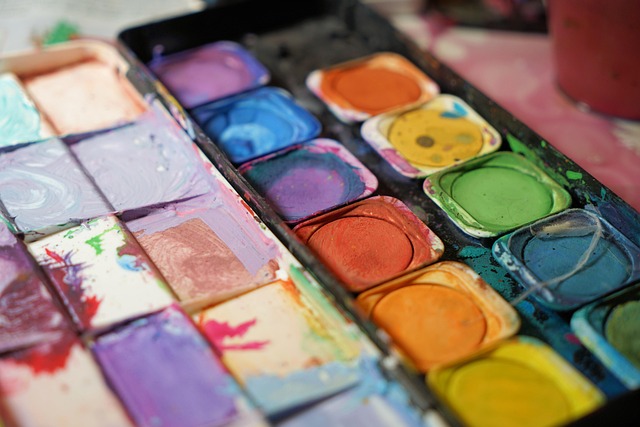Illusionary Wonders: Exploring Optical Tricks in Graphic Design
In the dynamic world of graphic design, a powerful tool often lurks beneath the surface—optical illusion. This captivating technique bends the rules of reality, allowing designers to create experiences that not only captivate the eye but also engage the mind. Whether you’re a seasoned designer or a curious observer, understanding the allure of optical illusions can deepen your appreciation for the art of visual storytelling.
At its core, an optical illusion tricks our brains, making us perceive things differently than they truly are. As we explore various design elements, we can harness these illusions to enhance our projects and evoke emotions. Think about the last time you stumbled upon an image that seemed to morph or shift as you gazed at it. That subtle moment of confusion and wonder is a potent reminder of the magic within graphic design.
One of the most engaging aspects of optical illusions is their ability to create depth and movement in static images. Designers often use techniques such as perspective, contrasting colors, and geometric shapes to push the boundaries of visual experience. For instance, images that appear to sway or pulsate can be created through careful manipulation of lines and angles, inviting the viewer to delve deeper into the artwork.
Consider the timeless artwork of M.C. Escher, whose intricate designs showcase architectural impossibilities and mesmerizing patterns. His works have become iconic in the realm of graphic design, exemplifying how optical illusions can transform ordinary visuals into extraordinary experiences. Each piece commands attention, compelling viewers to question reality and explore the boundaries of perception.
As a designer, experimenting with optical illusion can unlock new creative pathways. It’s not just about creating something visually appealing; it’s about layering meaning and narrative within your design. Every twist and turn can reveal a hidden story or evoke a different emotion, creating a multi-dimensional experience for the viewer.
There are also practical applications for optical illusions in branding and advertising. Brands that masterfully incorporate such designs can create memorable logos or visuals that resonate with their audience. A well-crafted illusion can spark curiosity, prompting users to engage further with the brand and share their discoveries with others. In a saturated market, capturing attention and leaving a lasting impression is invaluable.
Furthermore, with the rise of digital media, the possibilities for incorporating optical illusions into graphic design are endless. Animated graphics and interactive websites can elevate these illusions, allowing audiences not only to view but to interact with the design, enhancing their engagement even further.
In our increasingly visual world, the power of optical illusion in graphic design cannot be underestimated. By embracing these tricks of the eye, designers can create works that not only display skill and creativity but also foster a sense of wonder and inquiry. So, as you embark on your next design project, consider how you might weave in these enchanting illusions to craft a compelling visual narrative.




